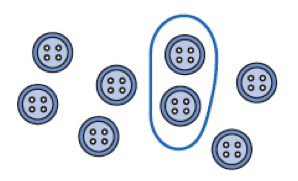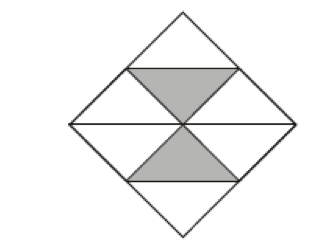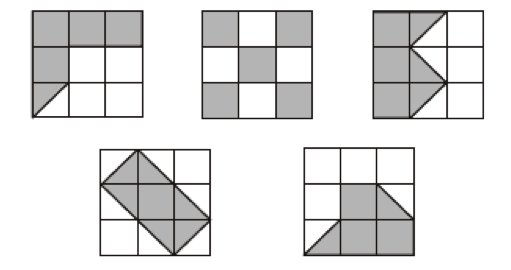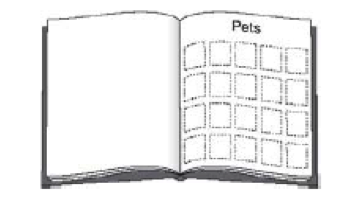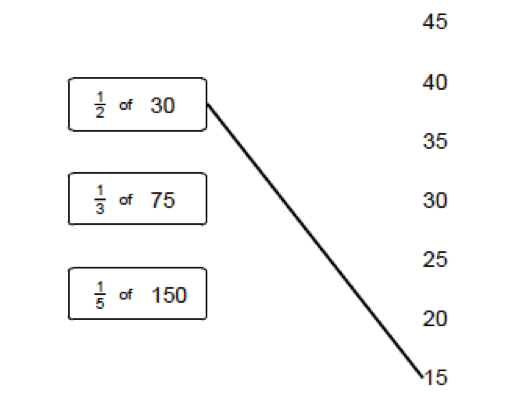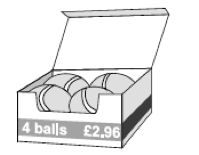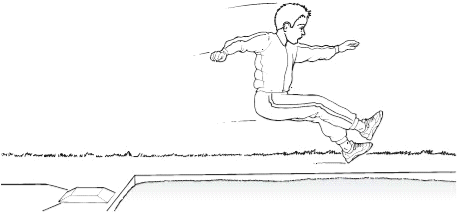- National Curriculum Tool
- Year 4 - Fractions (including decimals and percentages)
Year 4 - Fractions (including decimals and percentages)
New Curriculum
- recognise and show, using diagrams, families of common equivalent fractions
- count up and down in hundredths; recognise that hundredths arise when dividing an object by one hundred and dividing tenths by ten.
- solve problems involving increasingly harder fractions to calculate quantities, and fractions to divide quantities, including non-unit fractions where the answer is a whole number
- add and subtract fractions with the same denominator
- recognise and write decimal equivalents of any number of tenths or hundredths
- recognise and write decimal equivalents to ¼, ½, ¾
- find the effect of dividing a one- or two-digit number by 10 and 100, identifying the value of the digits in the answer as ones, tenths and hundredths
- round decimals with one decimal place to the nearest whole number
- compare numbers with the same number of decimal places up to two decimal places
- solve simple measure and money problems involving fractions and decimals to two decimal places.
Non-Statutory Guidance
Pupils should connect hundredths to tenths and place value and decimal measure.
They extend the use of the number line to connect fractions, numbers and measures.
Pupils understand the relation between non-unit fractions and multiplication and division of quantities, with particular emphasis on tenths and hundredths.
Pupils make connections between fractions of a length, of a shape and as a representation of one whole or set of quantities. Pupils use factors and multiples to recognise equivalent fractions and simplify where appropriate(for example,6⁄9 = 2⁄3 or 1⁄4 = 2⁄8).
Pupils continue to practise adding and subtracting fractions with the same denominator, to become fluent through a variety of increasingly complex problems beyond one whole.
Pupils are taught throughout that decimals and fractions are different ways of expressing numbers and proportions.
Pupils’ understanding of the number system and decimal place value is extended at this stage to tenths and then hundredths. This includes relating the decimal notation to division of whole number by 10 and later 100.
They practise counting using simple fractions and decimals, both forwards and backwards.
Pupils learn decimal notation and the language associated with it, including in the context of measurements. They make comparisons and order decimal amounts and quantities that are expressed to the same number of decimal places. They should be able to represent numbers with one or two decimal places in several ways, such as on number lines.

